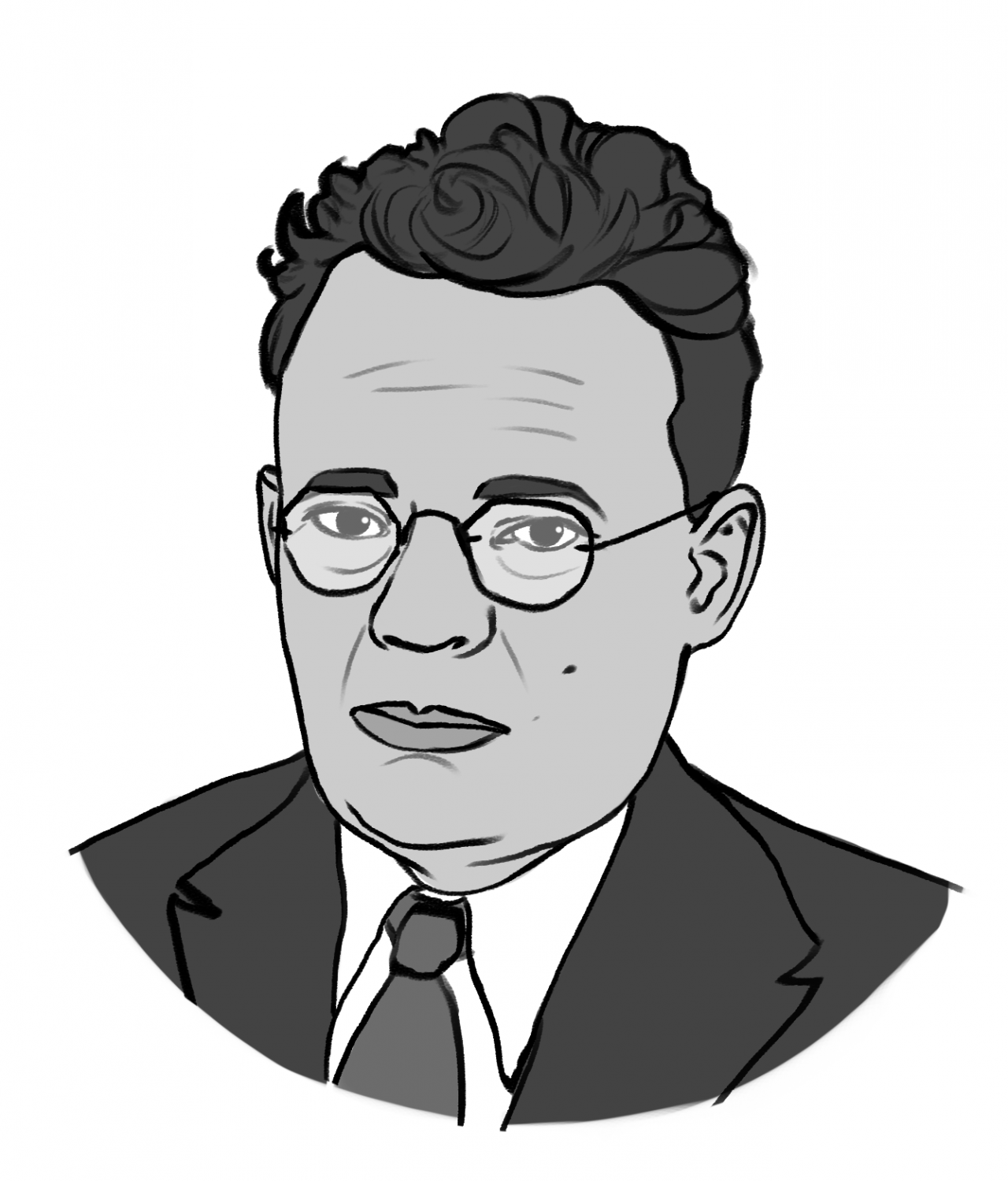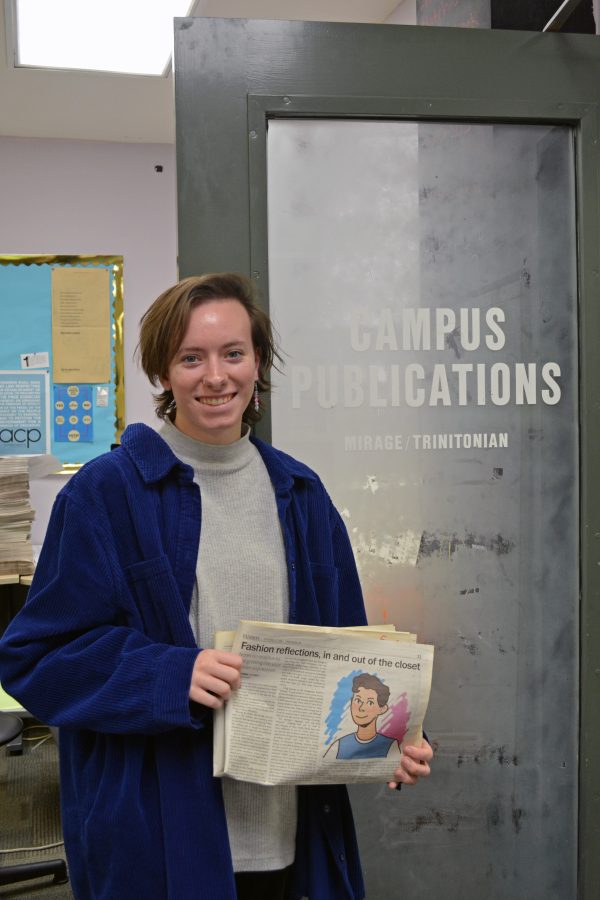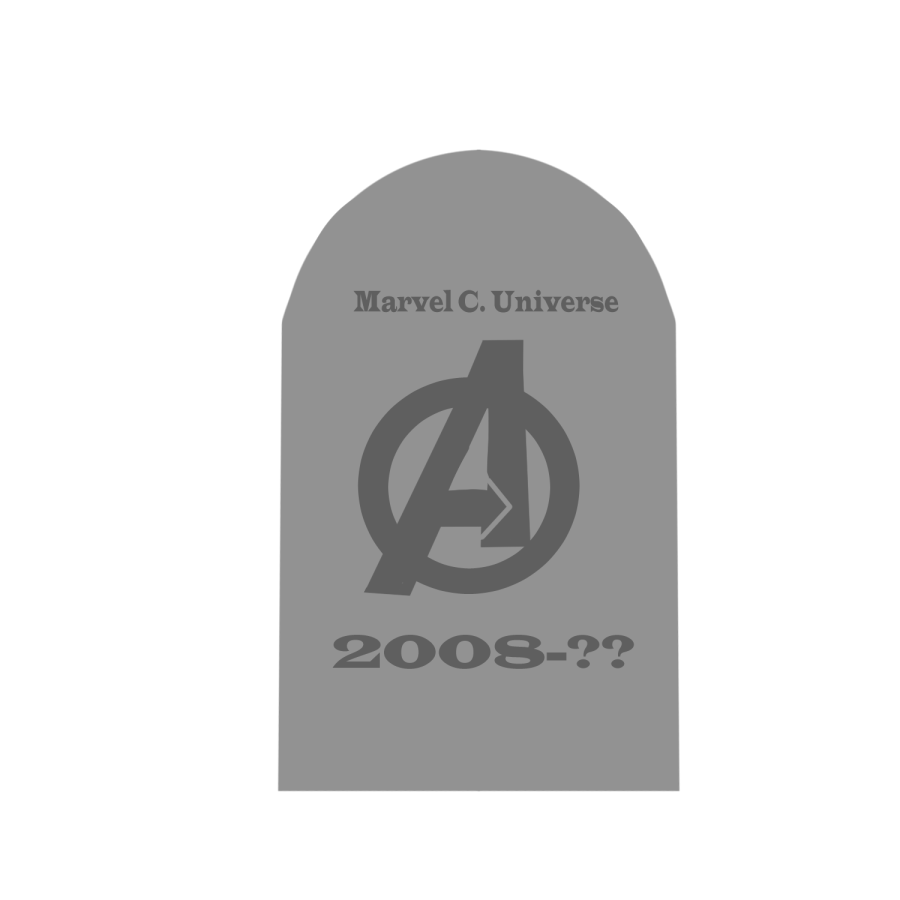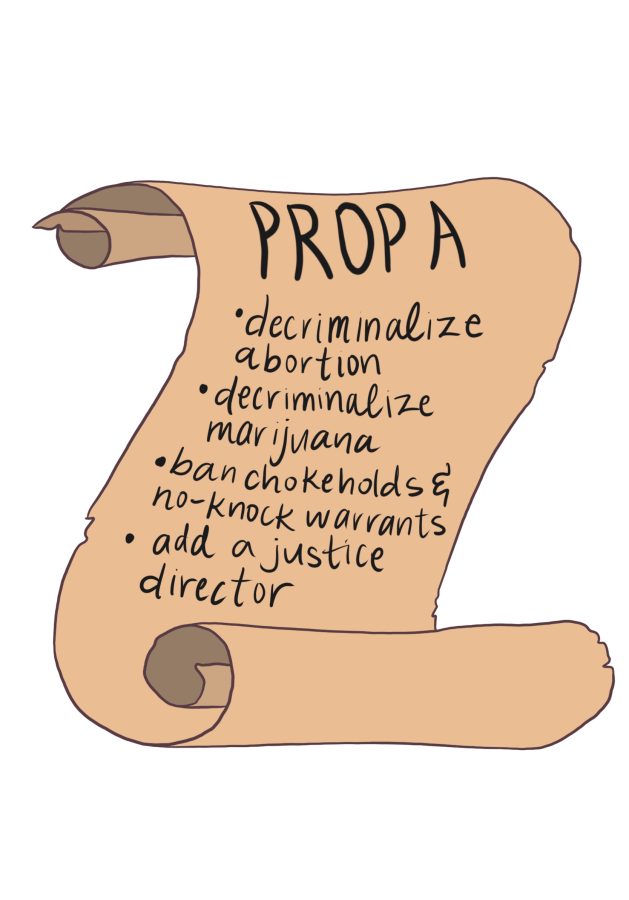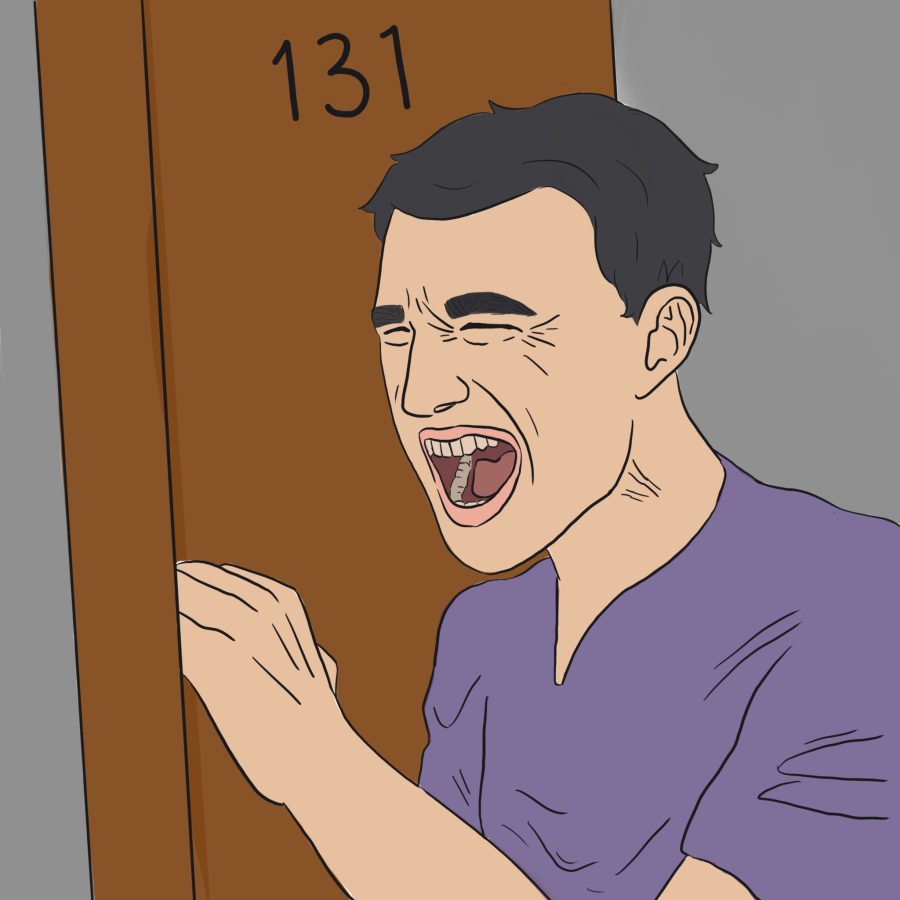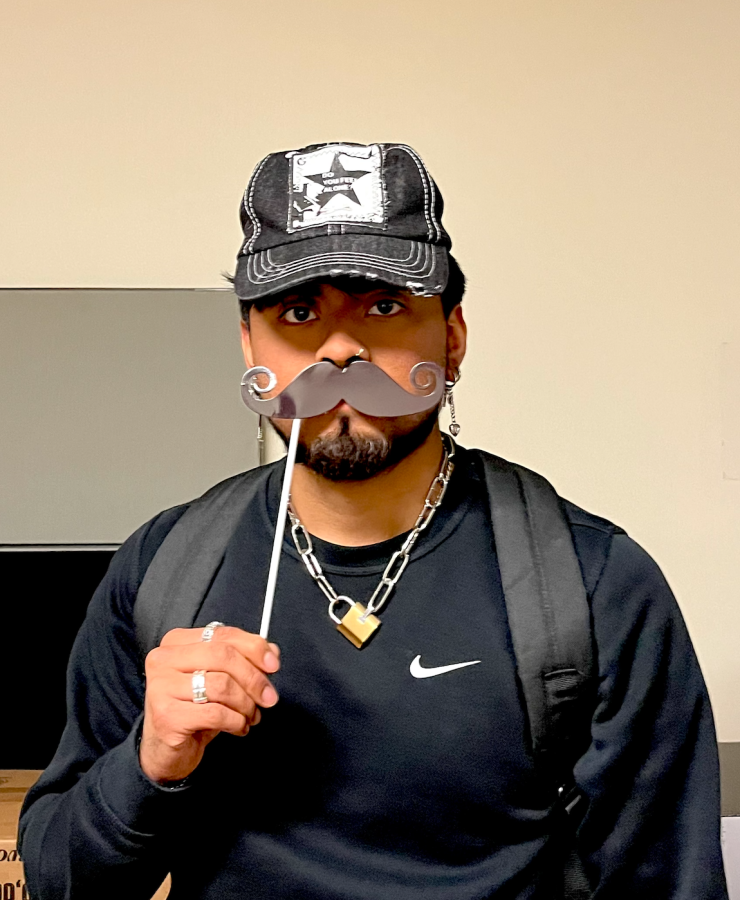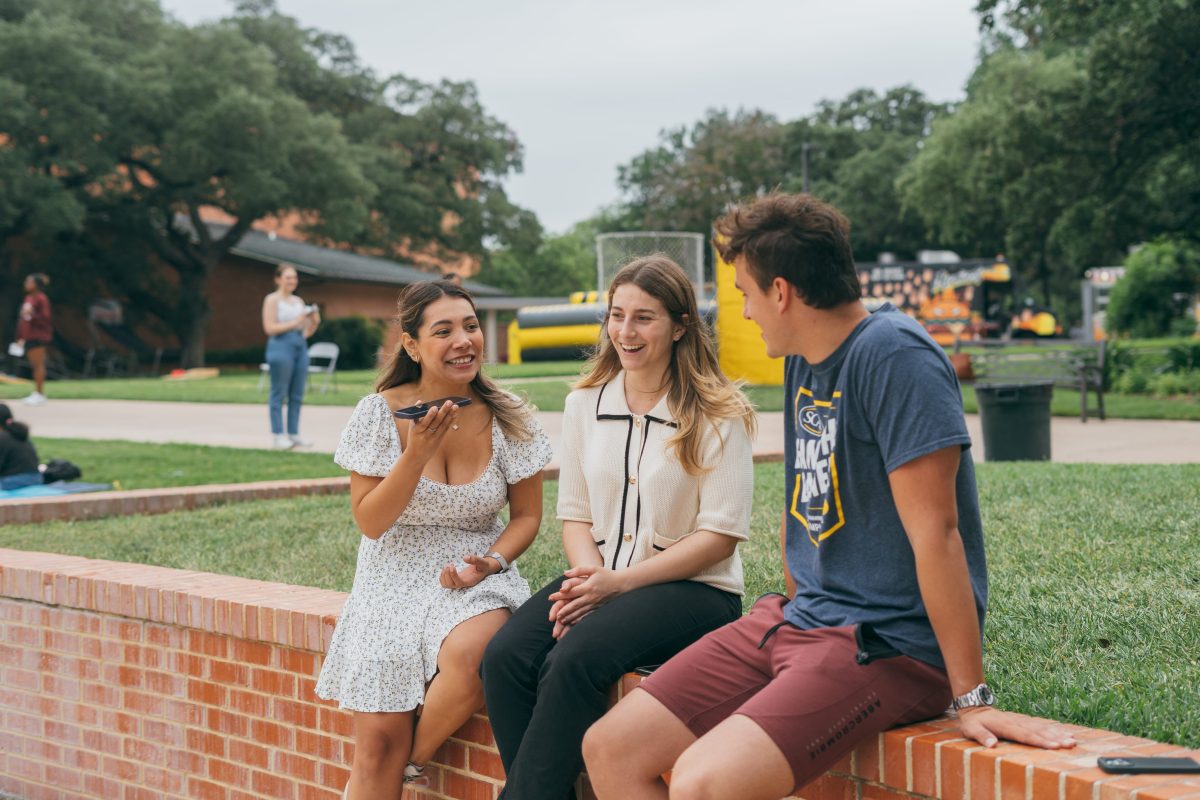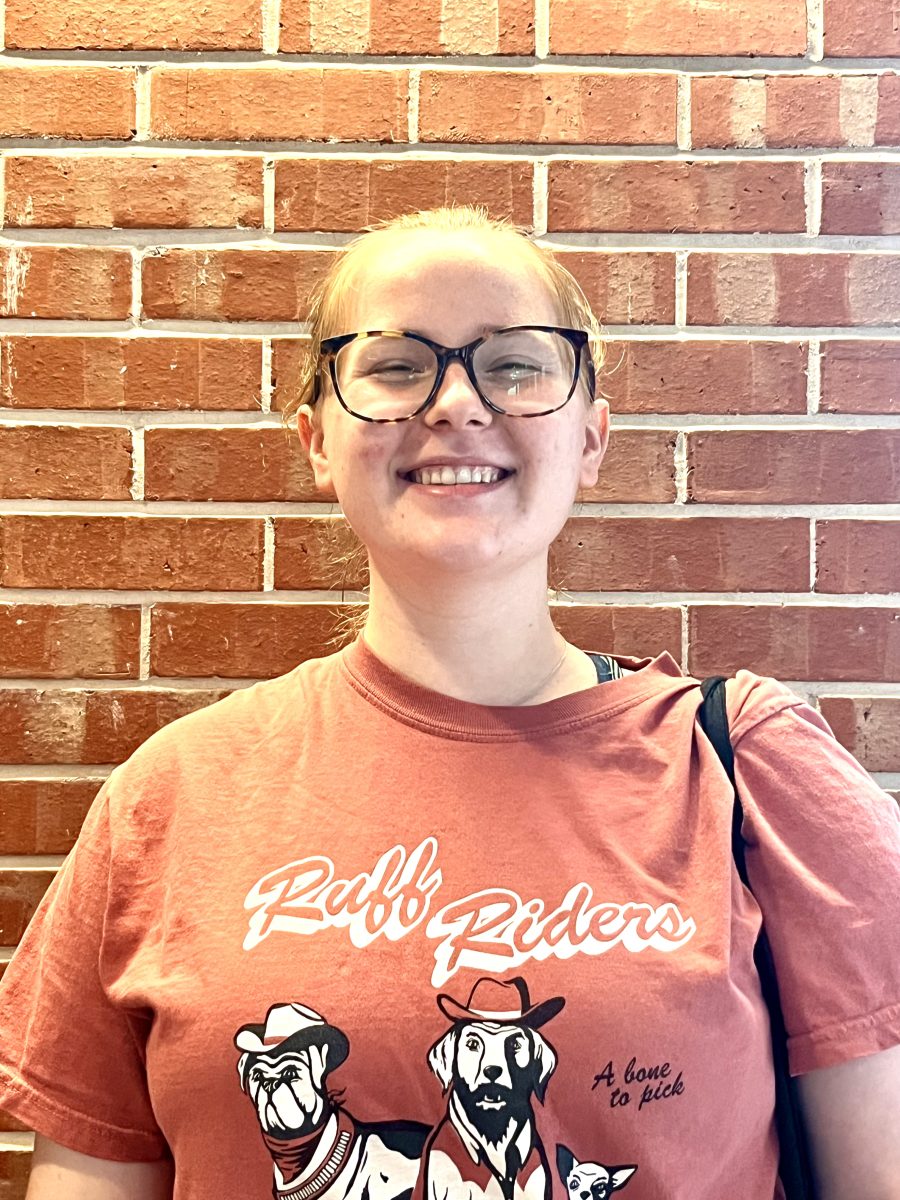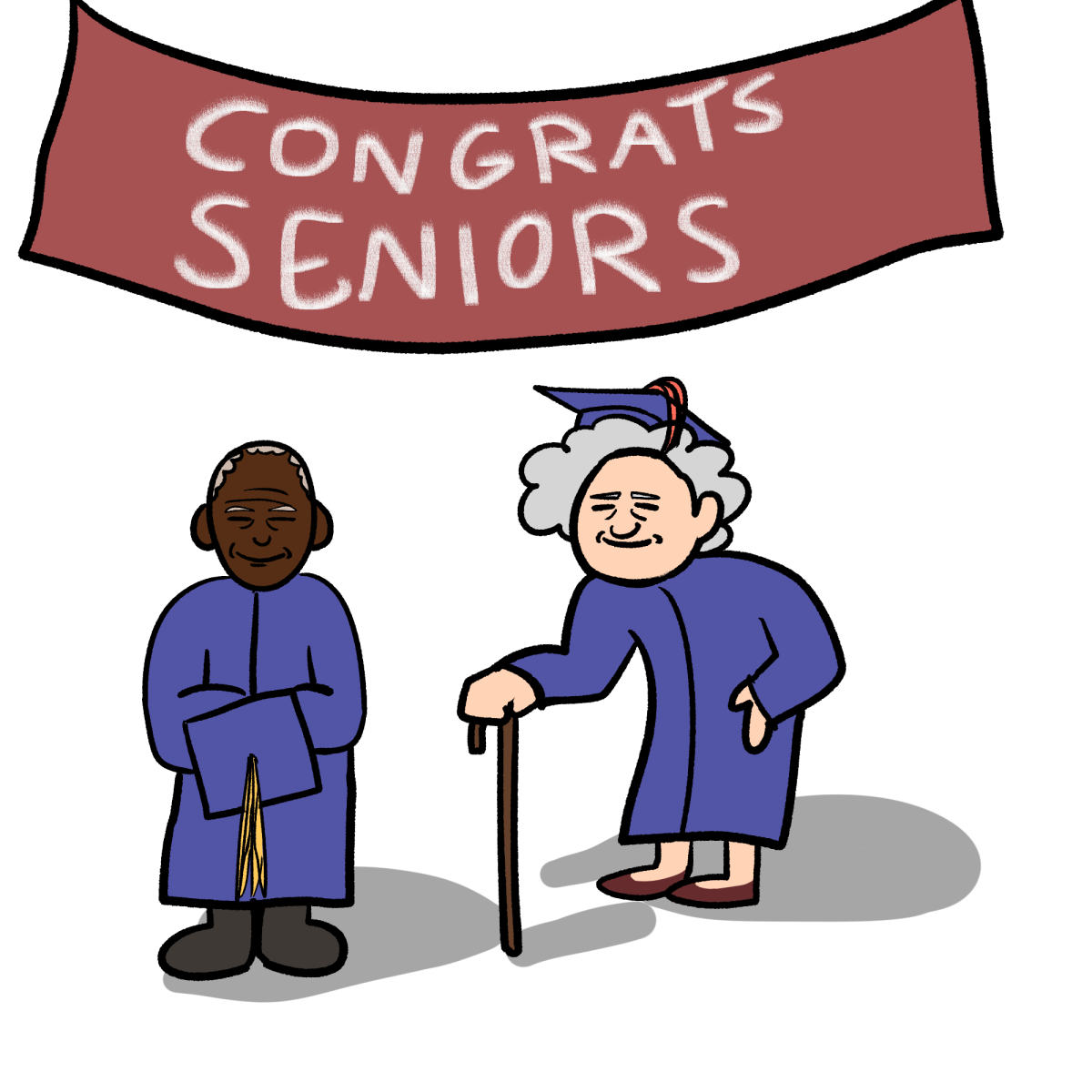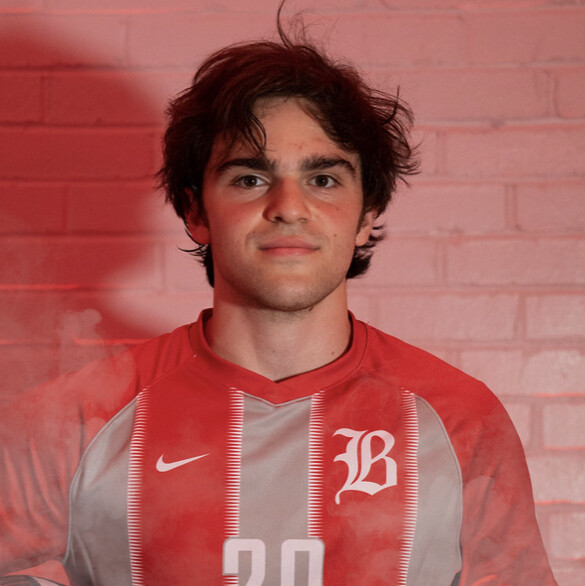Illustration by Andrea Nebhut
Maury Maverick was the mayor of San Antonio from 1939–1941. Before that, he was a congressman for two terms. He practiced law in San Antonio, he formed and served as vice president of a lumber company, and he restored La Villita in downtown San Antonio.
But that’s not why Jennifer Henderson, chair of the Department of Communication, finds him interesting.
“I got interested in that topic when I was doing other research about the Jehovah’s Witnesses and their free speech claims, which is research I’ve been doing for a really long time, since graduate school,” Henderson said. “And I kept running across this incident that happened in San Antonio, where they were denied access to use the Municipal Auditorium.”
While Henderson looked into this incident with the San Antonio Jehovah’s Witness community and the auditorium, she found one man’s name kept popping up: Maury Maverick.
HOW IT BEGAN
Henderson is a First Amendment Scholar, and as she described, much of her research has focused on Jehovah’s Witnesses and their free speech claims.
However, she found that the incident concerning the Municipal Auditorium was about more than the Jehovah’s Witness community in San Antonio.
“The Communist Party requested to hold a rally at the Municipal Auditorium. And I think it was surprising to a lot of people that Maury Maverick said yes, that they could do this. And it didn’t turn out so well. And so there were mobs of people who attacked the auditorium,” Henderson said. “So then, the Jehovah’s Witnesses asked to use the Municipal Auditorium after that, and he was just like, no, we’re not going to go through this again.”
Henderson saw four primary groups in San Antonio that Maverick interacted with: the Communist Party, the Jehovah’s Witnesses (and other religious groups), women — specifically Latina women — and black people.
In the past three years, she has enlisted three students through the Mellon Initiative to write chapters about each group. Their research would be compiled into a book —Maverick Rights: Mayor Maury Maverick and Free Speech in Wartime San Antonio —which is now nearing its publication date.
THE RESEARCH
According to Henderson, Maverick’s mayoral term was marked by his progressives values; though, today, his policies and interactions with his constituents may not be considered so progressive.
Maverick ultimately was not reelected because he was labeled a communist after he allowed that communist group access to the Municipal Auditorium.
But Henderson’s book is not a biography of Maverick. Rather, it focuses on his interactions with minority communities in San Antonio: people with different political alignments, religious groups, non-white constituents and women.
Henderson’s chapter focuses on Jehovah’s Witnesses and other religious communities in San Antonio; Hunter Sosby, class of 2019, researched Maverick’s interactions with the Communist Party; senior Simone Washington’s chapter is about the Black community in San Antonio; and senior Connie Laing’s chapter covers Maverick’s reactions to his Latina constituents.
Each student who has worked with Henderson did so through the Mellon Initiative in consecutive summers: Sosby in 2017, Washington in 2018 and Laing in 2019.
For the most part, their research was archive-based. For Washington, that meant traveling between the archives in Coates Library on campus and the library at St. Philips College.
“Initially I started off doing a lot of in-house research at Trinity, but then I branched off, at Dr. Henderson’s suggestion, to St. Philip’s library on their campus on the East Side of San Antonio. She said something very important: If I was writing about Blackness, then I should definitely be reading it from Black authors,” Washington said.
Over this past summer, Laing and Henderson made a trip to Austin to see the full collection of Maverick’s archives that is housed at the University of Texas.
“It was great because he had saved everything from that time period. And so whether or not it was like a banner or a poster from his election, or whether it was a speech where he had, like, crossed out all the things he was going to say like seeing those original documents,” Henderson said.
MAVERICK, HIMSELF
In her research about Maverick’s connection to San Antonio’s Chili Queens, Laing found the former mayor to be a divisive character.
“He spoke out about poll tax politically. He did not think it was good … I mean, the poll tax was created to basically disenfranchise poor people, mainly, though it targeted poor minority racial groups, such as black people, Hispanic people,” Laing said. “The question becomes, did he do it for selfish reasons, which was to get the poor white voting base, or was it that he believed the poll tax was this disenfranchisement tool? And that becomes a really complex question.”
Washington agreed that Maverick’s character isn’t as easy as saying, “yes, he’s racist,” or “no, he’s not.”
“There was no conclusive answer. Like most things, it was kind of complex. A lot of people see him as a racist because of the language he used to describe Black people, but in other ways, he kind of opened the spaces to enter in the political arena,” Washington said.
Washington described Maverick as “benevolently racist,” taking a more paternal role as a politician, though he did speak out against some things that were widely supported at the time, like lynching.
When Maverick was a U.S. representative, the illegality of lynching hadn’t been made official at the federal level, and Maverick was one of few to advocate for anti-lynching legislation.
“He, in really strong words, was putting down this hateful practice, which was rare of a white Southern congressman at the time,” Washington said.
Though Maverick was progressive, not all of his actions as a politician would ring as “progressive” by today’s standards, including what Laing described as “egregious” speech towards Latina women.
“He was a new leader, a progressive, definitely one of the most progressive Southerners at the time. This is the late 1930s,” Henderson said. “And so, in many ways, he’s a, you know, a strange bird when it comes to like Southern politics at the time, but he’s very much of his time.”
And that’s what’s important for this research group. Maverick extended his political platform to disenfranchised communities:
“There’s really this political machine in San Antonio that he challenges,” Henderson said. “And there are alliances in ways that we really don’t think about today in terms of democratic politics. It’s all of that together. He’s not always making choices that are in a progressive sense the way we would consider them today. But at the time, he was definitely seen as a progressive.”
PLANS FOR PUBLICATION
The book, which Henderson hopes to have ready to publish in the fall, is nearly done, though she said she may add a chapter depending on extra research done this summer.
“This summer, I’m doing a separate project with a first-year student on Emma Tenayuca who was a communist leader and labor rights activist in San Antonio. And that may end up being an additional chapter related to this,” Henderson said. “What that is really based on is what kind of language she’s using in protests and how people are pushing back against both the language and assembly rights.”
Henderson has worked with students before, but this is her first book in which she’s collaborated with students.
“I’ve done a lot of collaborative projects with academics over my years. And the students who are working on these projects are academics, right? And they are professionals that are excellent writers and great researchers,” Henderson said. “And one of the most important things is that we recognize it doesn’t really matter that they’re new scholars, but that they are scholars as well.”
For Washington, the research has helped her better contextualize the city she’s lived in for the past four years.
“I think investigating what the early 20th century looked like for San Antonio gave me kind of the backdrop by which I can understand San Antonio currently,” Washington said. “And that’s that it is highly, highly segregated, and not by coincidence or by chance — by systemic forces playing out decade after decade.”
Henderson agreed.
“What we’ve realized, as we’ve done more and more with this research, is how many of the issues and concerns of the time still remain in relationship to speech and press,” Henderson said.
With additional reporting by Marielle Sambilay

